The South American country of Peru might be most famously known for Machu Picchu and the Amazon Rainforest, but don’t be fooled into thinking that these are the only things that Peru has to offer. Here are 10 additional sites you may want to seek out during your visit to Peru, and and check out this handy travel guide.
10. Kuélap- a walled settlement built by the Chachapoyas in 6th century AD is located in the mountains near the towns of María and Tingo. In the southern part of the Amazonas region, it sits on a ridge overlooking the Utcubamba Valley. A cable car cuts down travel time and allows for views of the ancient fortress with stunning walls and over 420 circular dwellings.
Photo Source: flickr
9. Uros Floating Islands- fashioned out of buoyant Totora reeds, this collection of 70+ man made islands is a highlight of visiting Lake Titicaca. The Urus people inhabit traditional reed houses that sit atop these constantly evolving islands -as the bottom layers start to rot, new layers are added on. The floating islands were originally built for defensive purposes- allowing the Urus ease of mobility and retreat.
8. Rainbow Mountain- Vinicunca, also called Montaña de Siete Colores (Mountain of Seven Colors), is located in the Andes in the Cusco region of Peru. The colors painting the hills are the result of melting ice mixing with minerals in the ground. Lavender colors are due to goethite or oxidized limonite, reds are caused by rust mixtures, iron sulphide is said to cause yellows, and greens come from chlorite. A one day hike is available to see these magnificent views, or you can challenge yourself with the Ausangate Trek.
7. Huacachina- a small desert town built around the only natural oasis in South America provides an escape for locals and tourist alike. Centered around the the green waters of the Huacachina Lagoon, the shores are ringed by palm trees (which are thought to have therapeutic properties) and dotted with bars and clubs. The sand dunes surrounding the village also provide plenty of activity for the thrill seekers by way of dune buggies.
6. Colca Canyon- known as one of the world’s deepest river canyons, this southern Peru hot spot is a well-known trekking destination. The Colca River is popular for rafting, and the area offers tremendous views from overlooks like Curz del Condor of the natural habitat of the giant Andean condor. With its remote traditional villages that display terraced agriculture that predates the Inacs, this canyon is sure to not be a low point in your visit to Peru.
5. Nazca Lines- is a collection of giant geoglyphs, designs or motifs etched into the ground. This specticle is located in the Peruvian coastal plain about 250 miles south of Lima. Depicting various plants, animals, and shapes, the 2,000-year-old Nazca Lines can only be fully appreciated when viewed from the air given their massive size. Created but the ancient Nazca culture in South America, these mysterious drawings in the soil can be seen from space. There are many theories about how/why these geoglyphs were formed, from a ritual to the gods to aliens.
Photo Source: flickr
4. Moray- approximately 31 miles northwest of Cuzco on a high plateau at about 11,500 feet, this archaeological site is just west of the village of Maras in the Sacred Valley. There you will see unusual Inca ruins, mostly consisting of several terraced circular depressions, the largest of which is approximately 98 feet deep. Their orientation with respect to the wind and sun, depth, and design, creates a temperature difference of as much as 27 °F between the top and the bottom.
3. Ballestas Islands- a small group of islands near the resort town of Paracas on the south coast of Peru inhabit some of the the country’s incredible species. The island provides a sanctuary for the blue-footed booby, the guanay guano bird, and the tendril. Fur seals and sea lions are prevalent and the Humboldt penguins call the Ballestas Islands home.
2. Huascaran National Park- located in the Cordillera Blanca tropical mountains of western Peru, its home to Mount Huascaran, hundreds of glaciers (including the Pastoruri Glacier), the blue Llanganuco lagoons, and Lake 69 known for its turquoise waters. The park also inhabits spectacled bears, pumas and Andean condors. Take a few days to wander the trails and take in the splendor and natural beauty of Peru.
1. Gocta Waterfall- water plummets 2,531 feet down this two tiered waterfall (a hight well over two Eiffel Towers.) The Gocta waterfall was relatively unknown to the world until 2005 when German economist, Stefan Ziemendorff, took a break from his work on a wastewater project in the Amazonas province, to go for a hike in Peru’s Utcabamba valley. The residents of Cocachimba had known about the waterfall since the 1950s, because their town lies practically beneath it. They call it as “Gocta,” after the sound made by howler monkeys in the region, but the people mostly avoided the waterfall due to superstitions surrounding it.













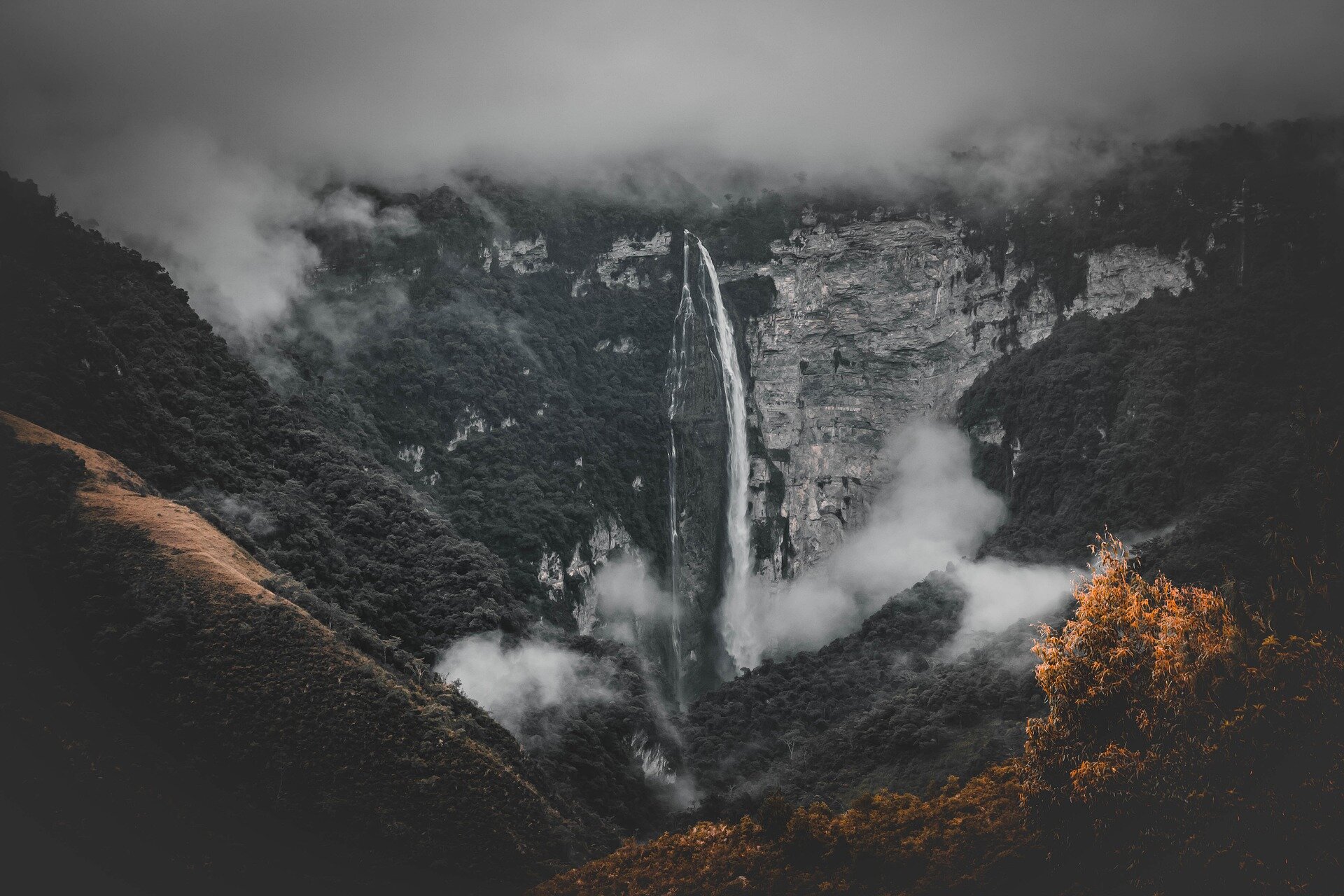

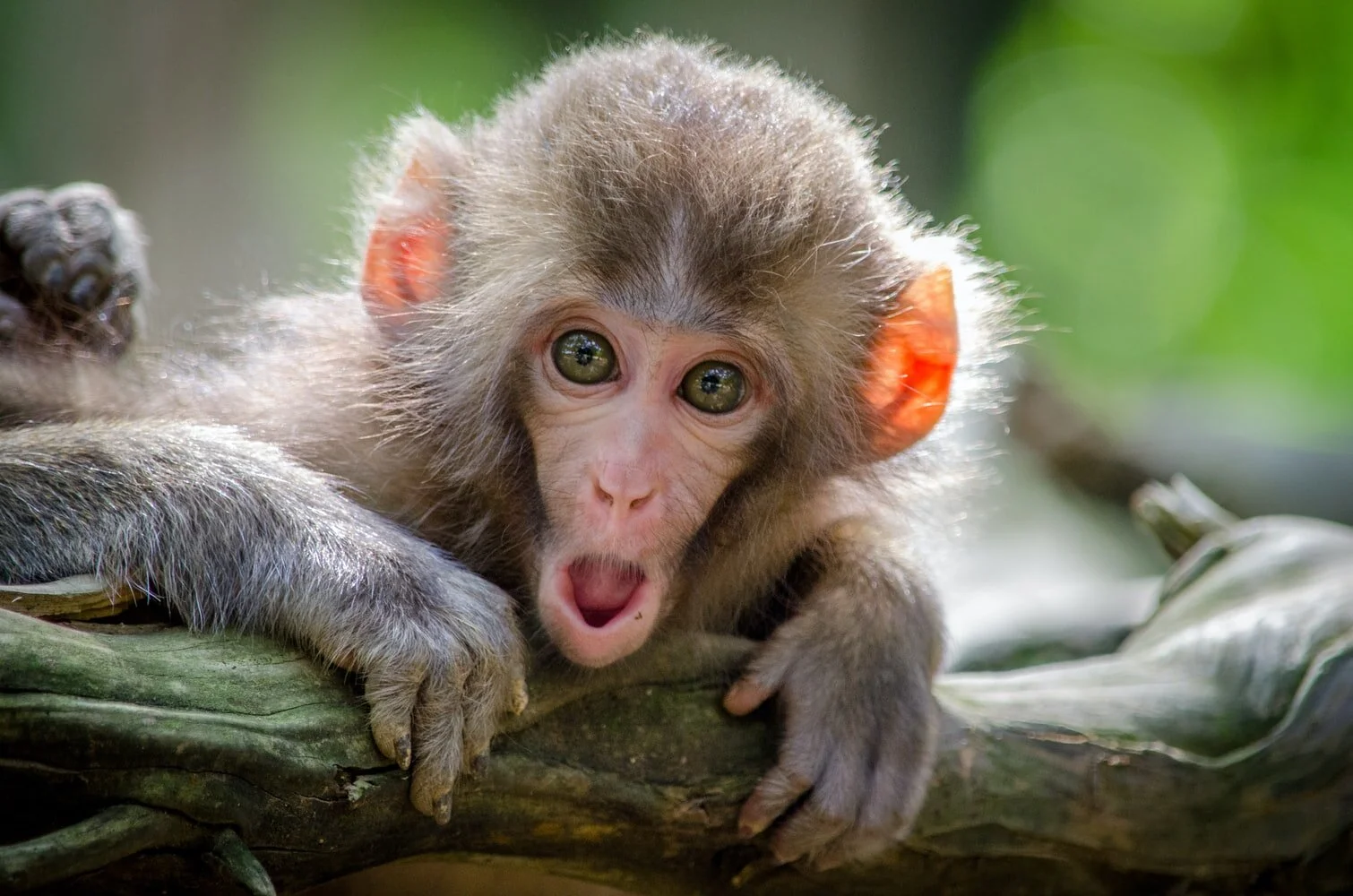












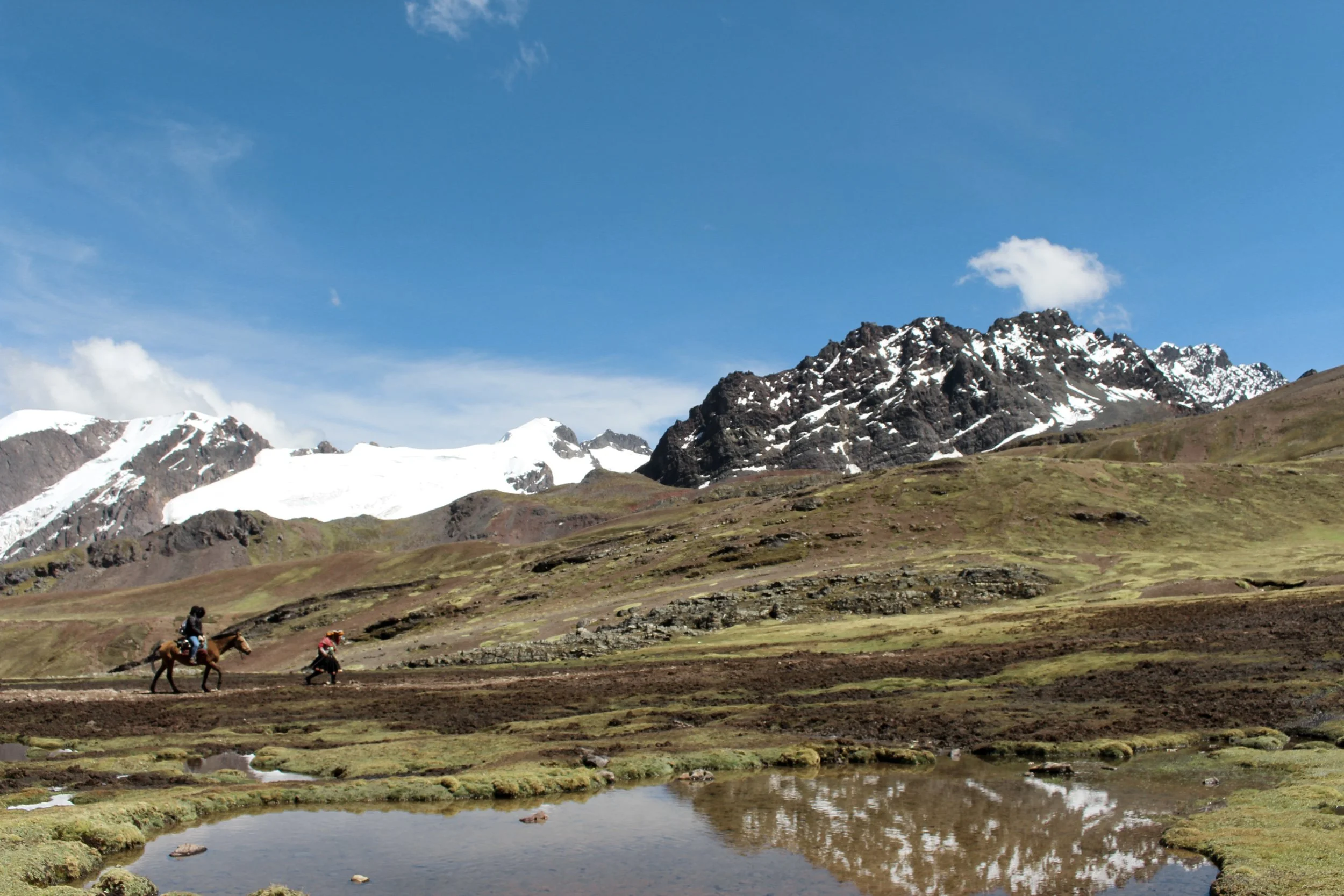
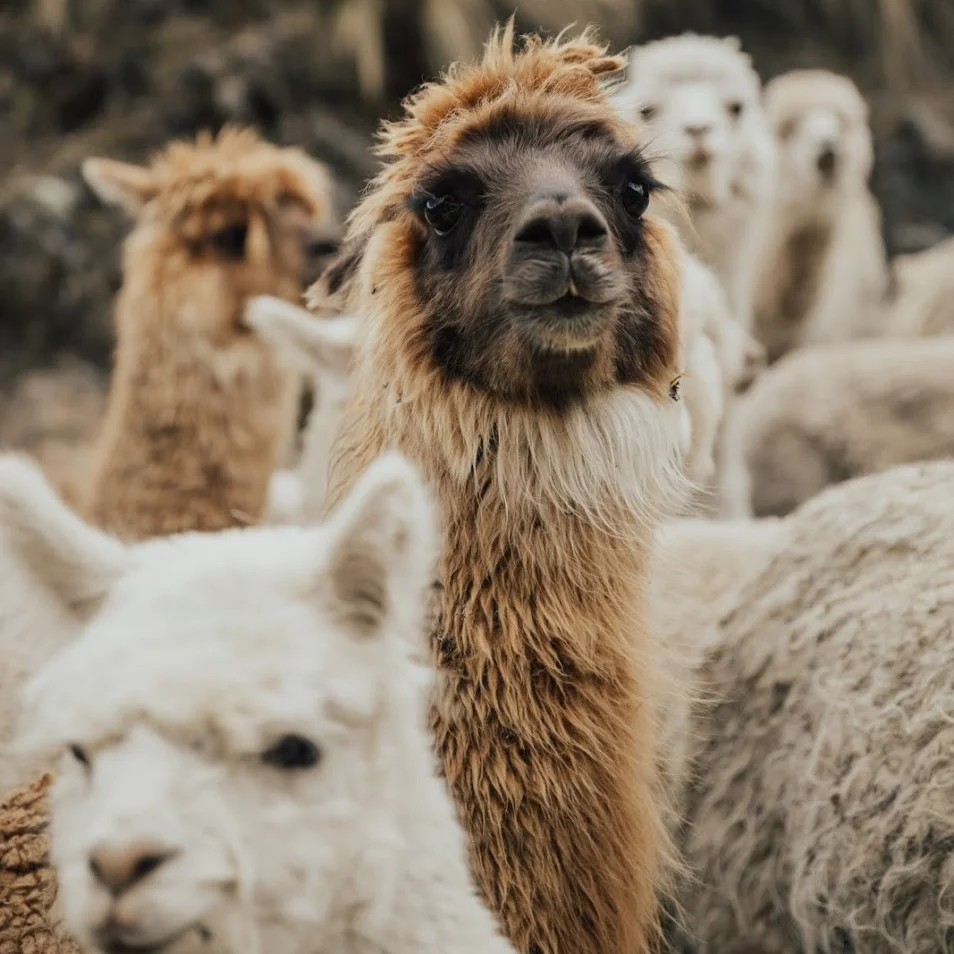








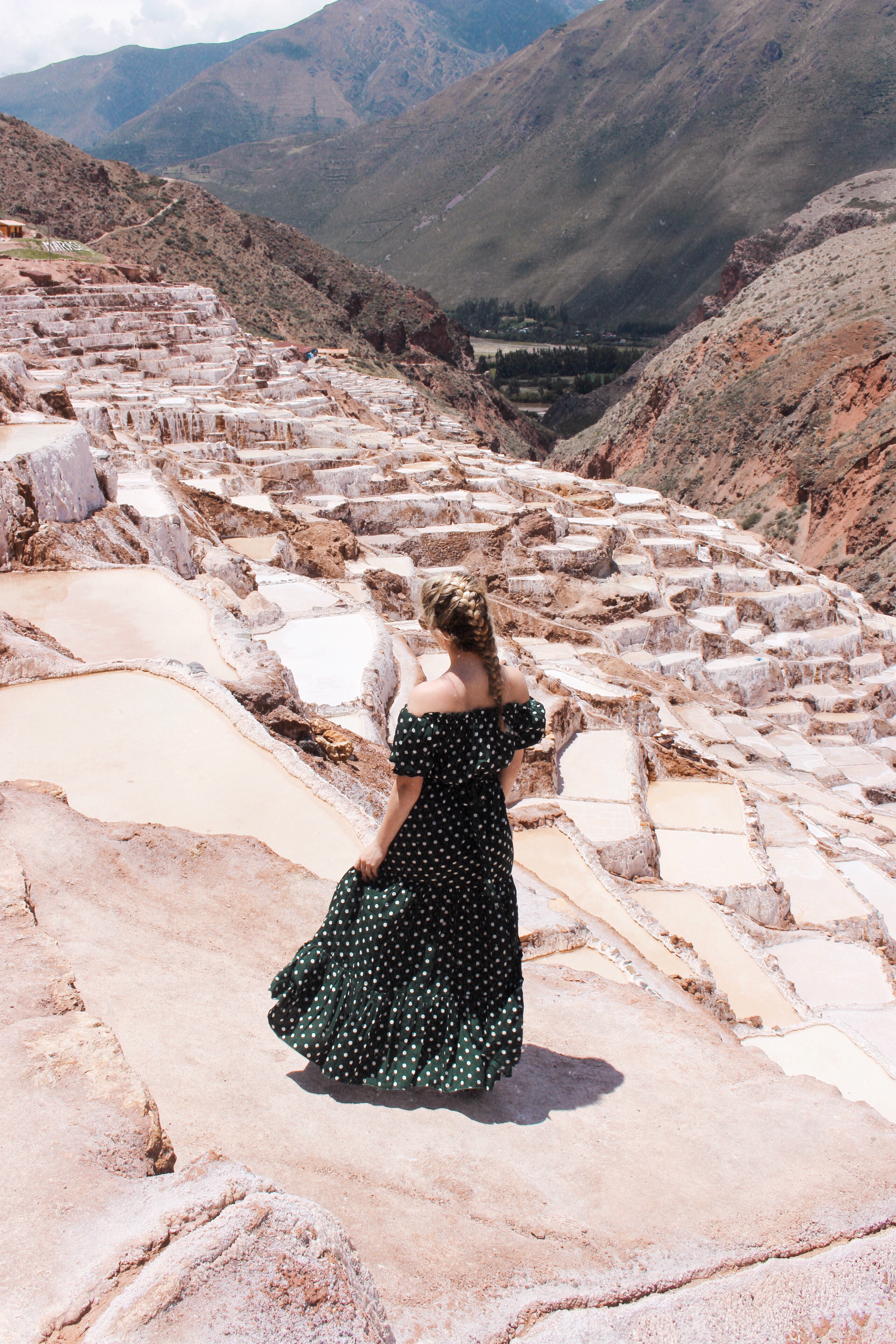



This year didn’t pan out the way any of us planned to say the least! Most of us had to postpone any travel plans we had. Instead of traveling overseas, we adventured close to home and maybe even got around to a couple of house projects that we were always putting off.